2025
senza fine
Solo show
Galerie Mark Müller
Galerie Mark Müller
September 5 – October 18, 2025
Zürich
Zürich


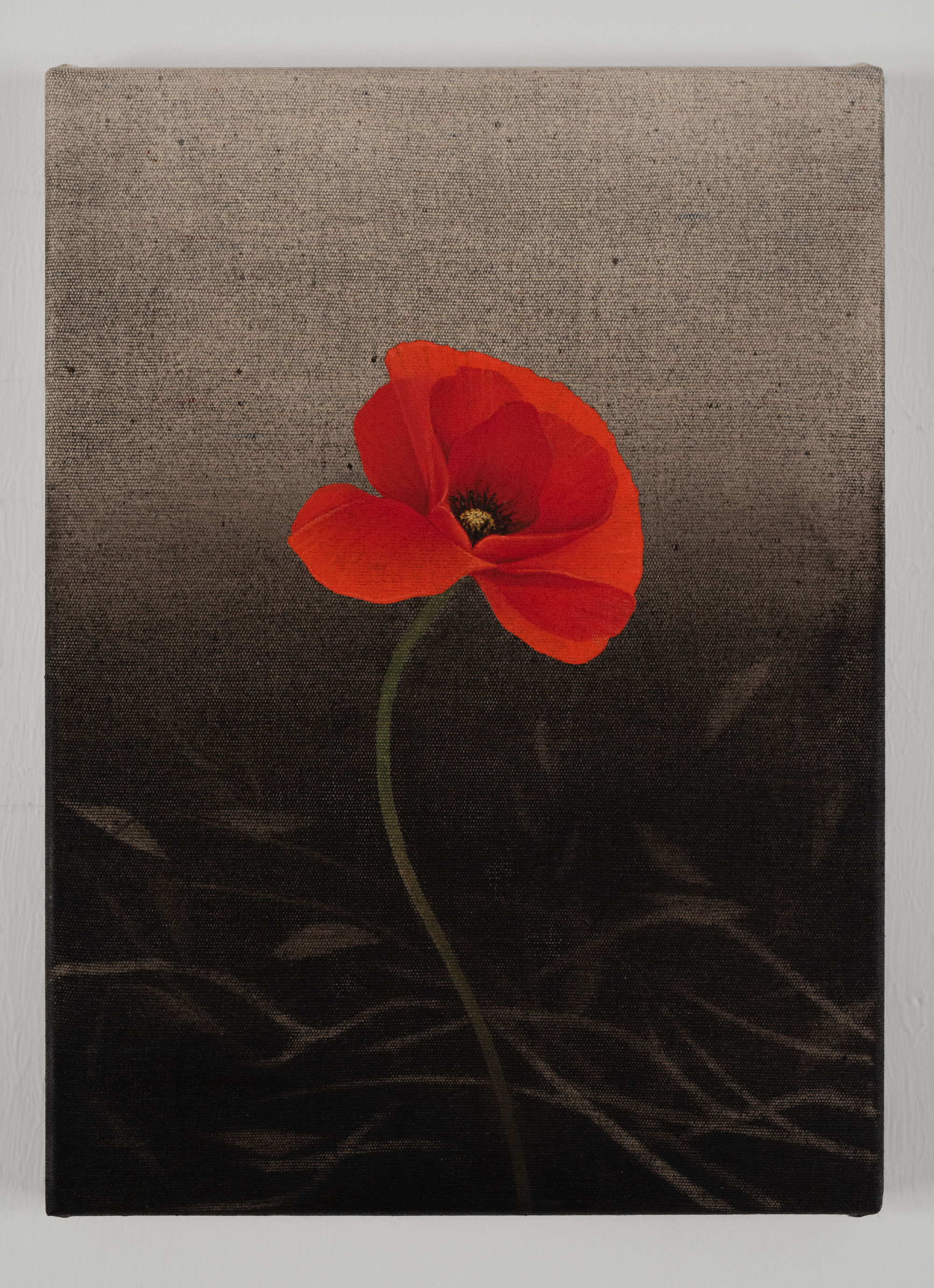




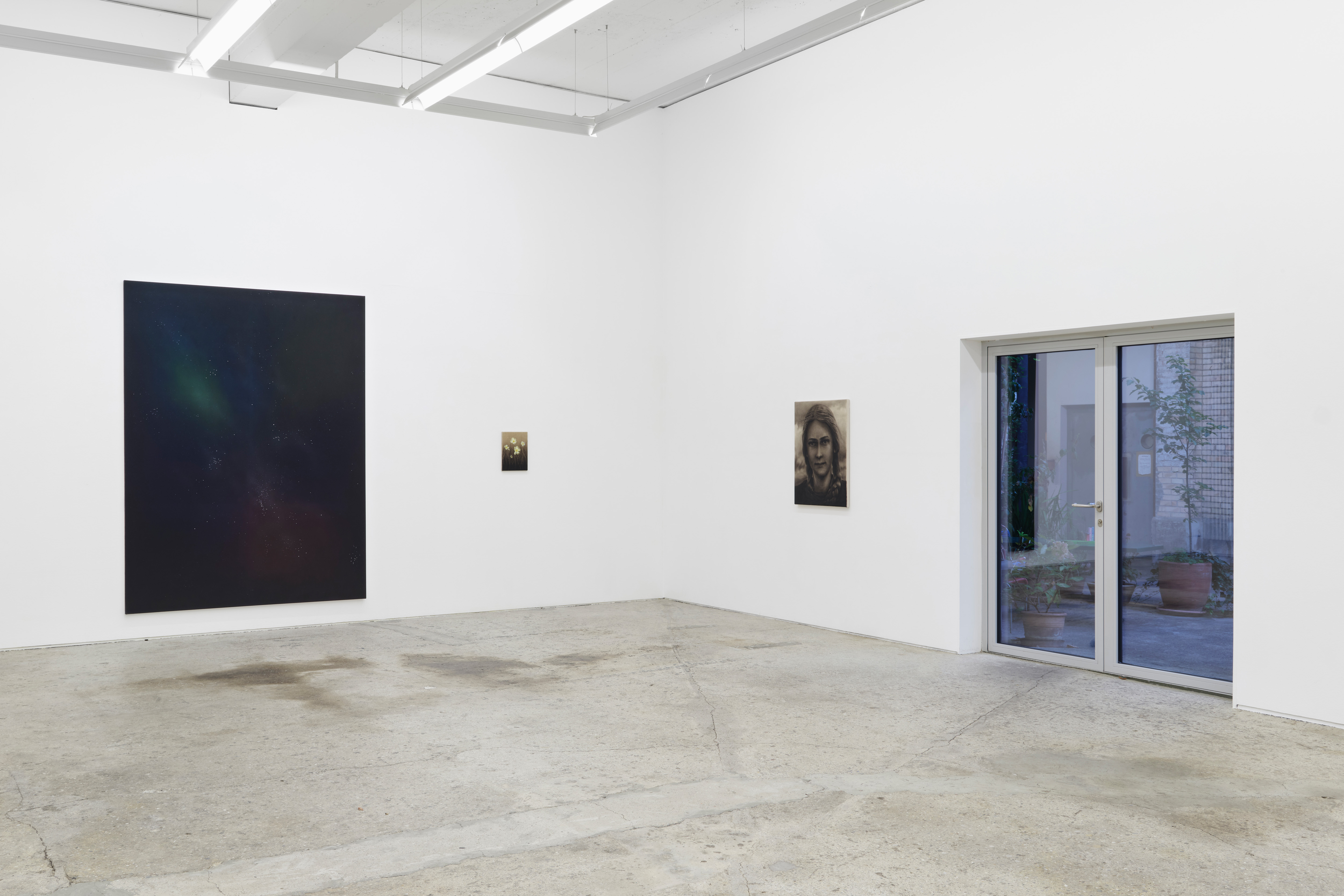

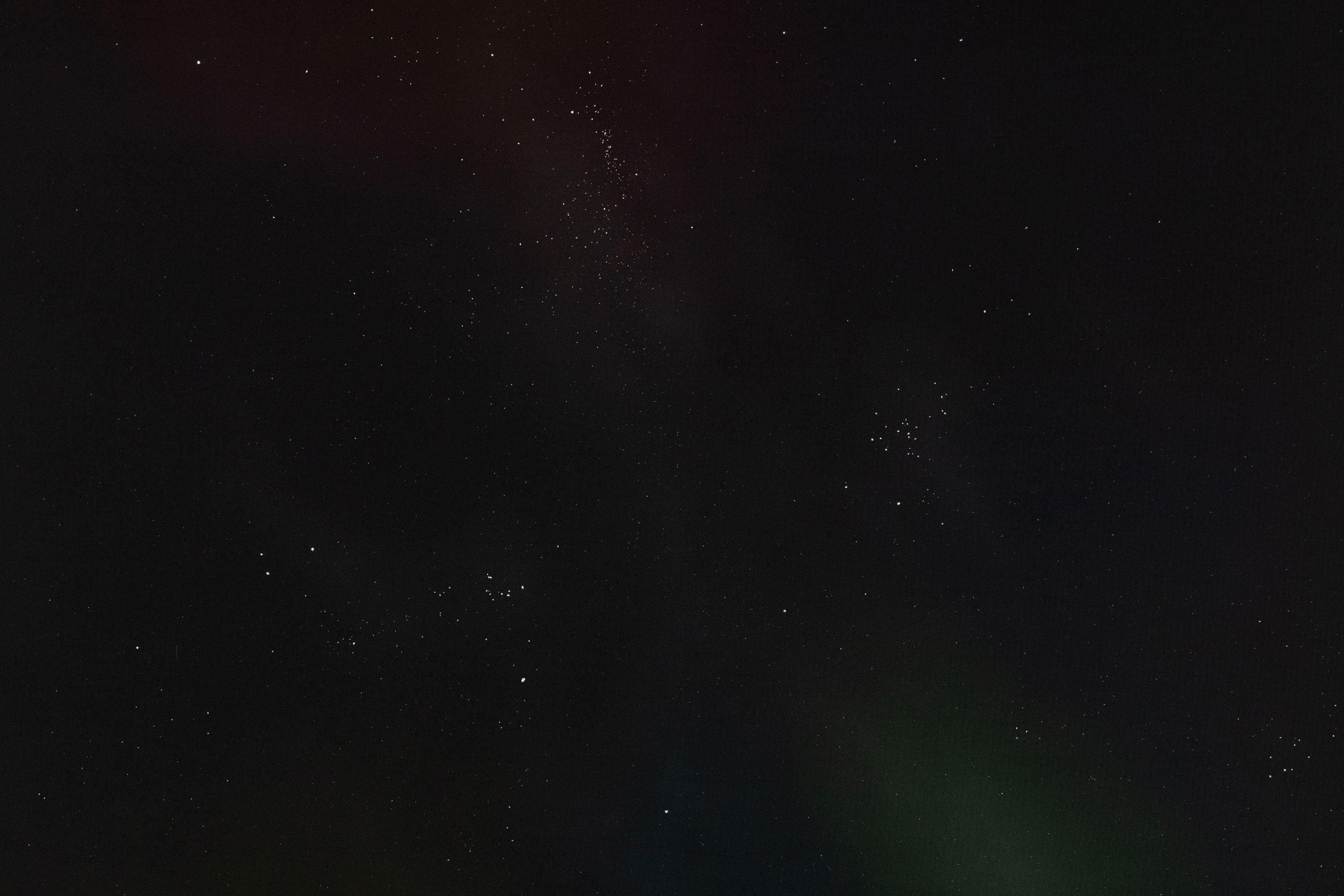
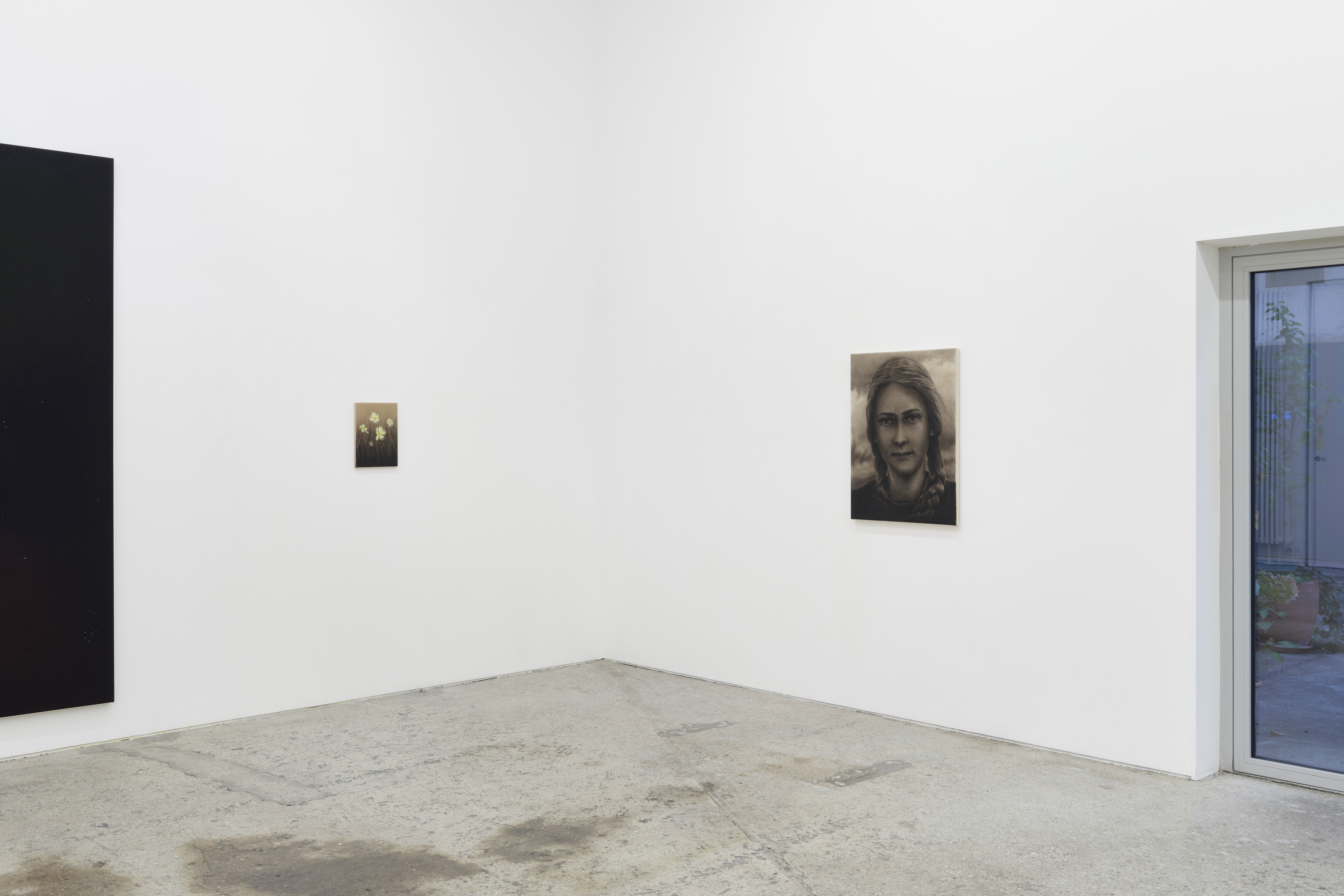
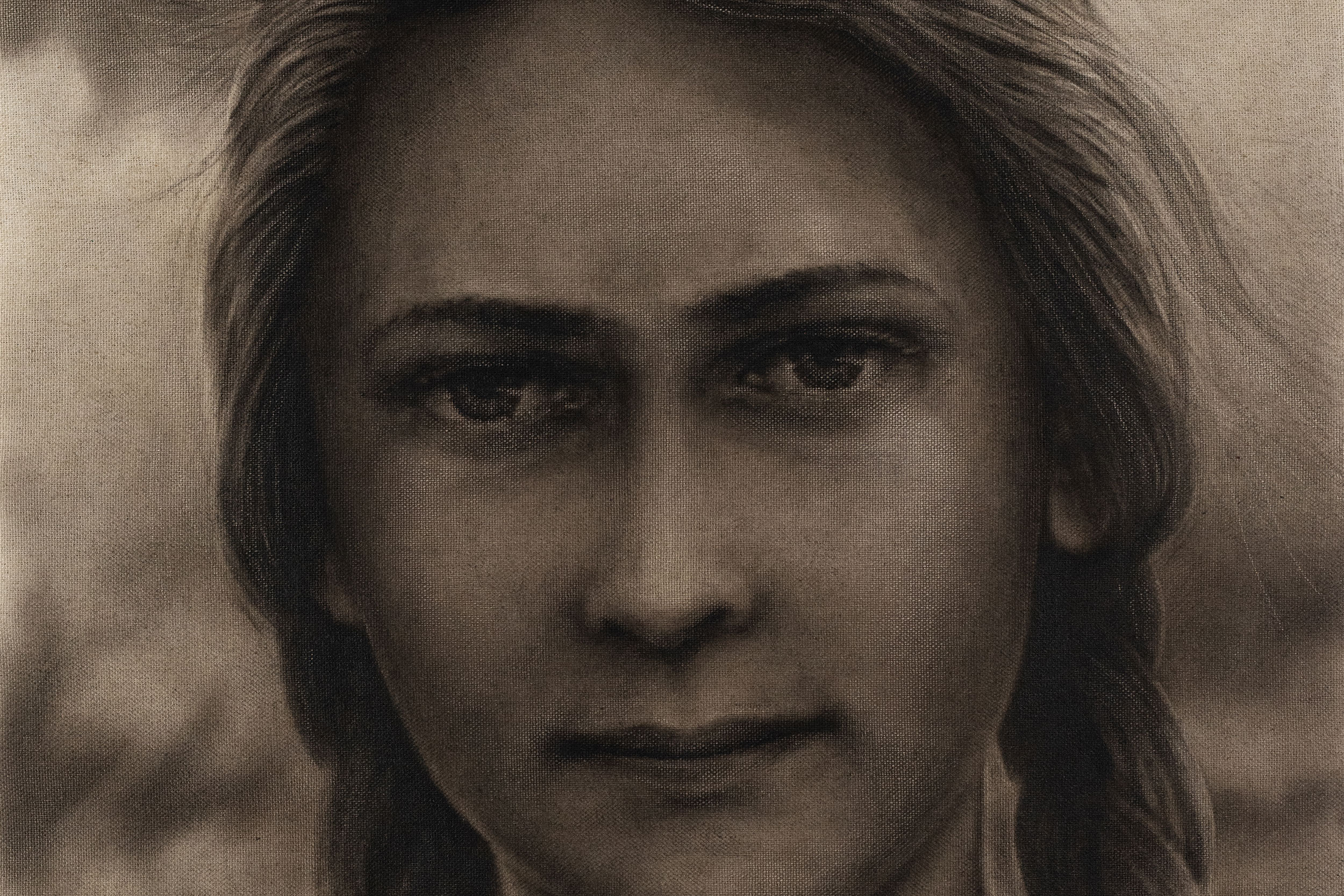

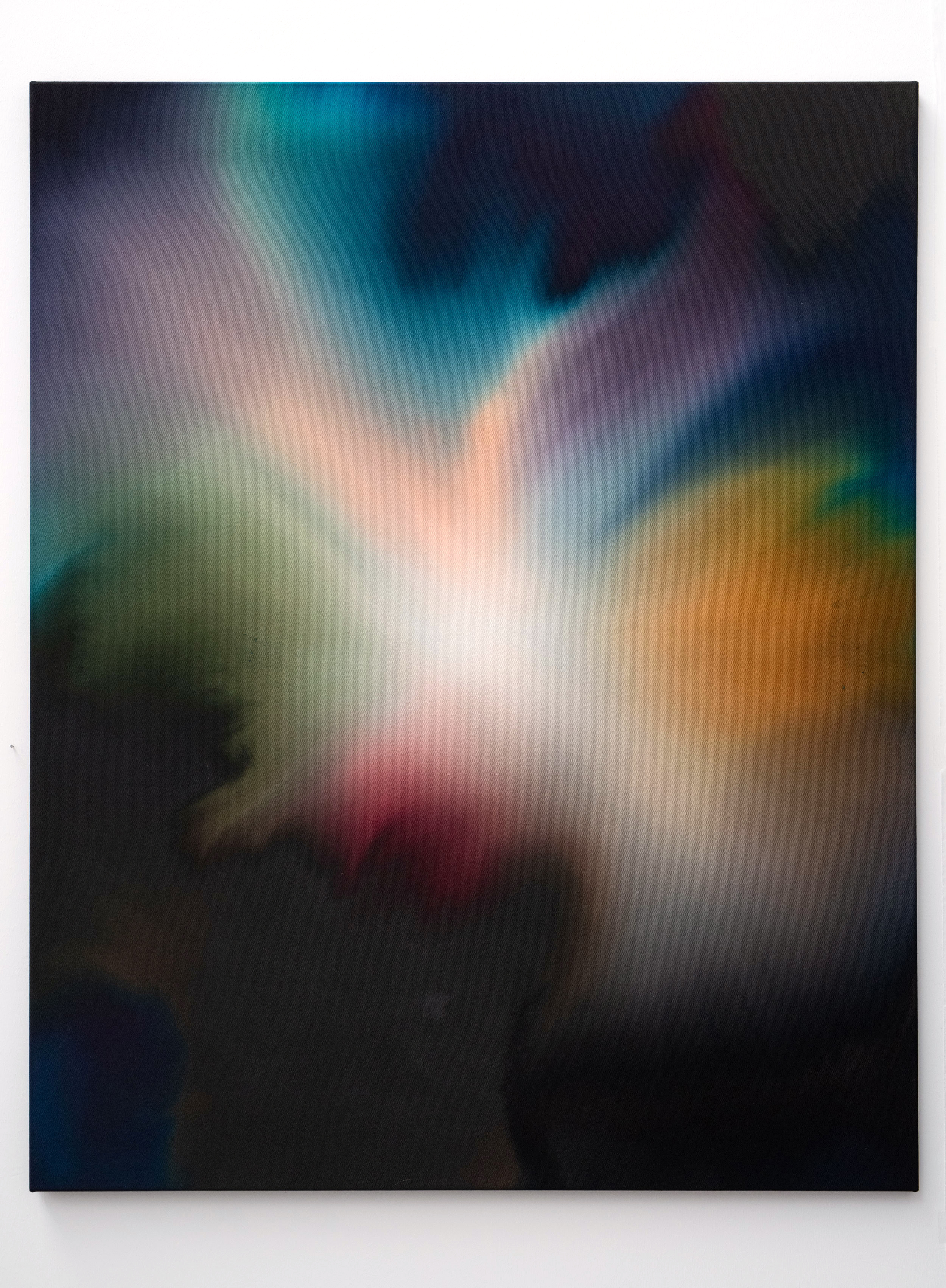



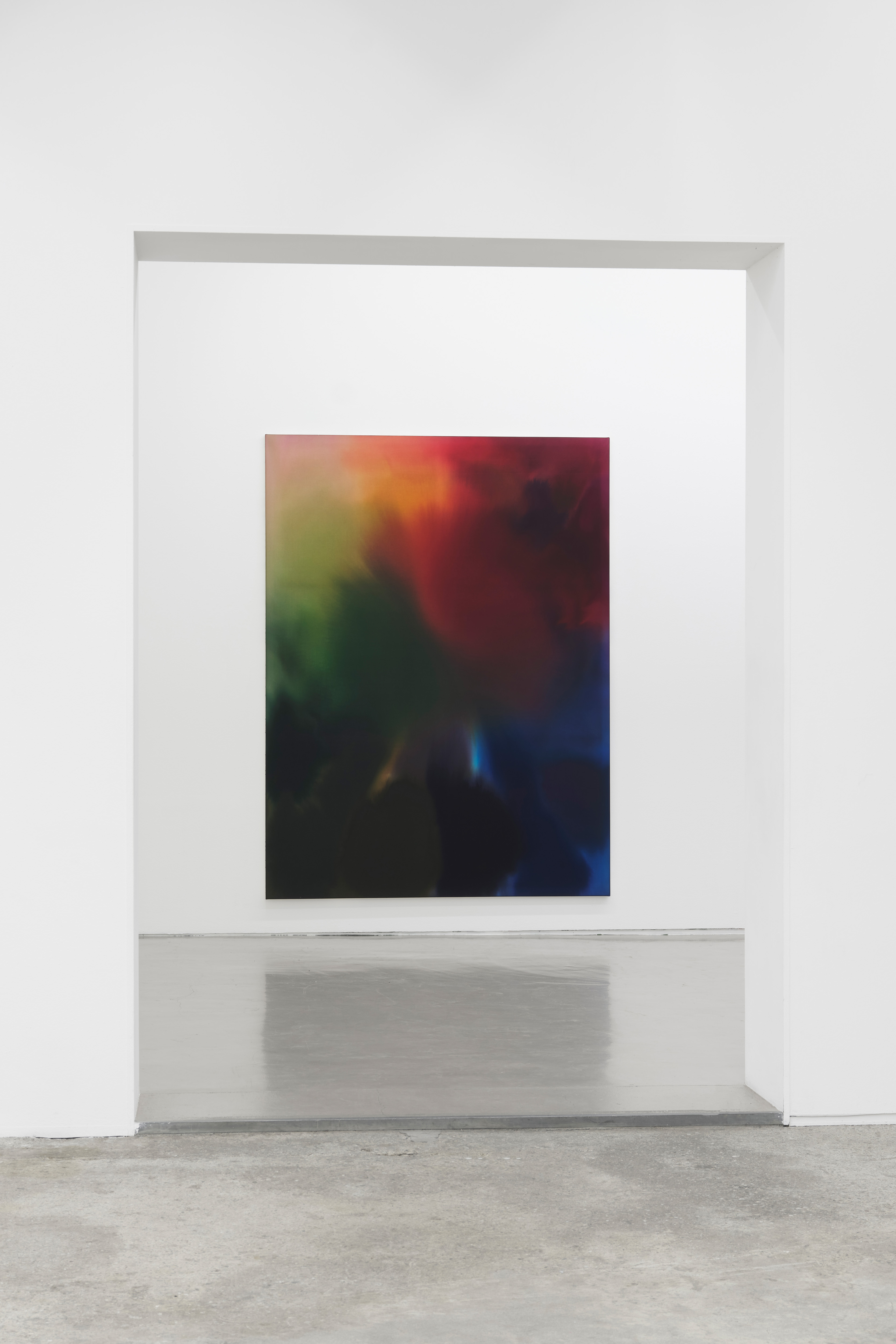


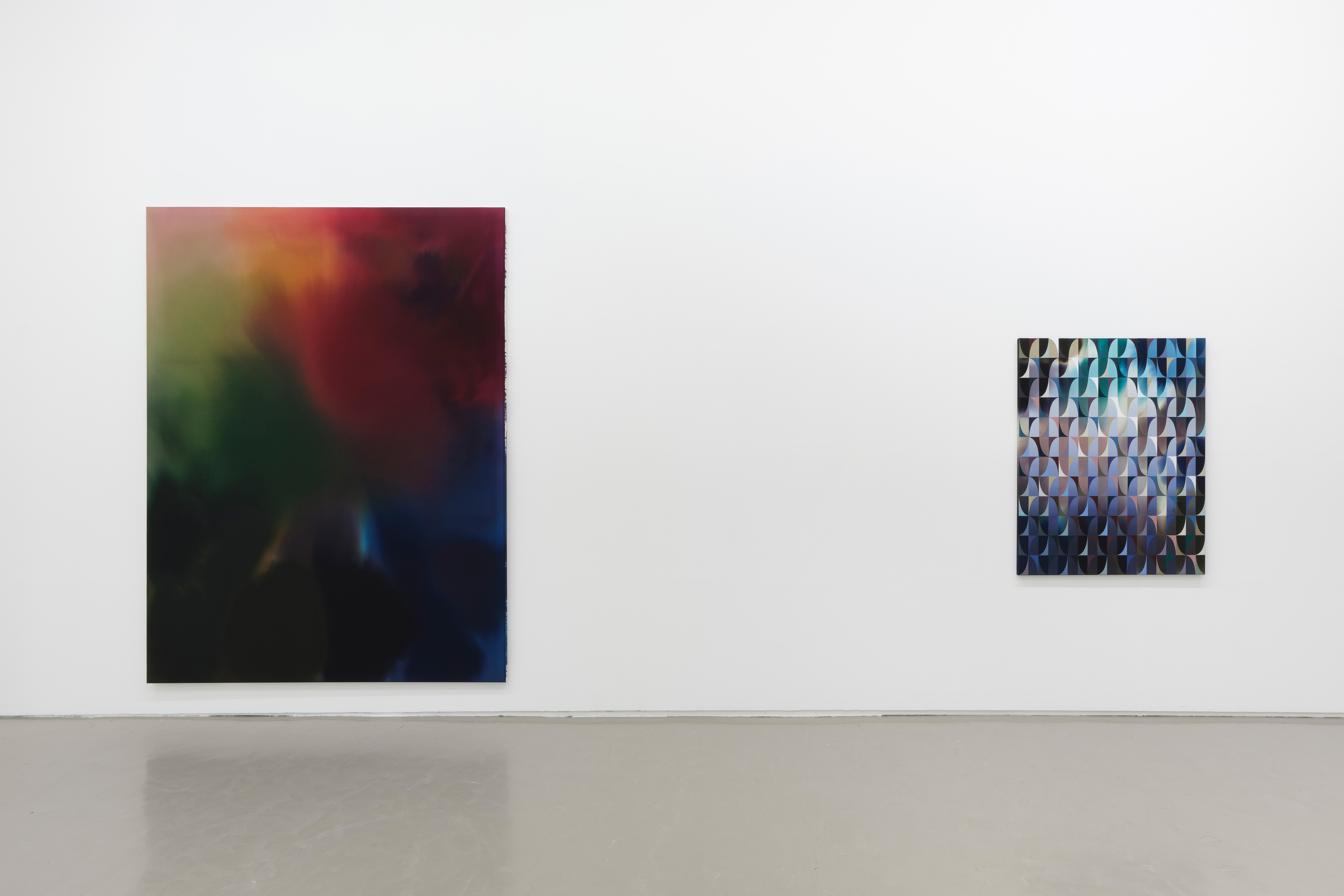
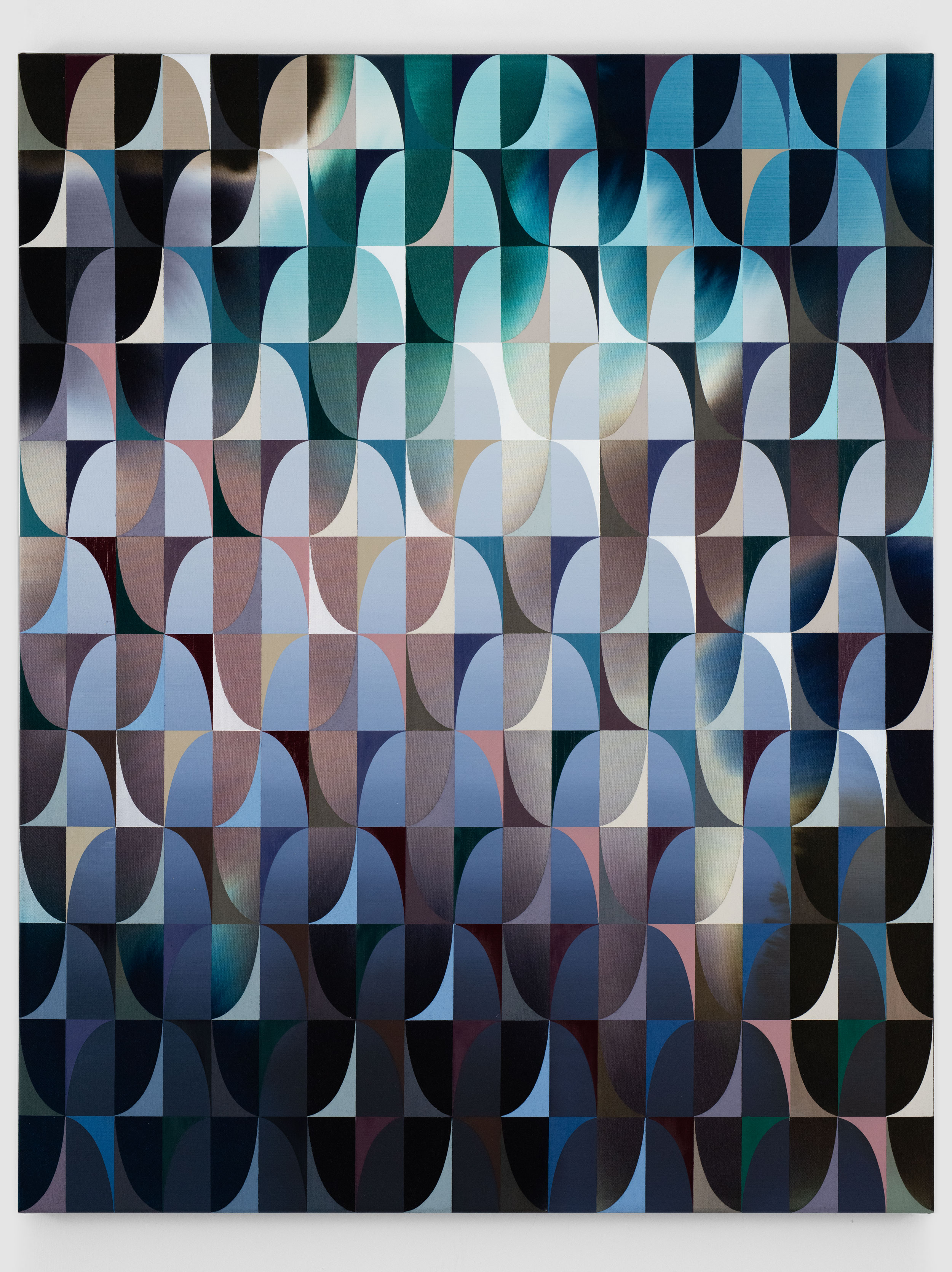





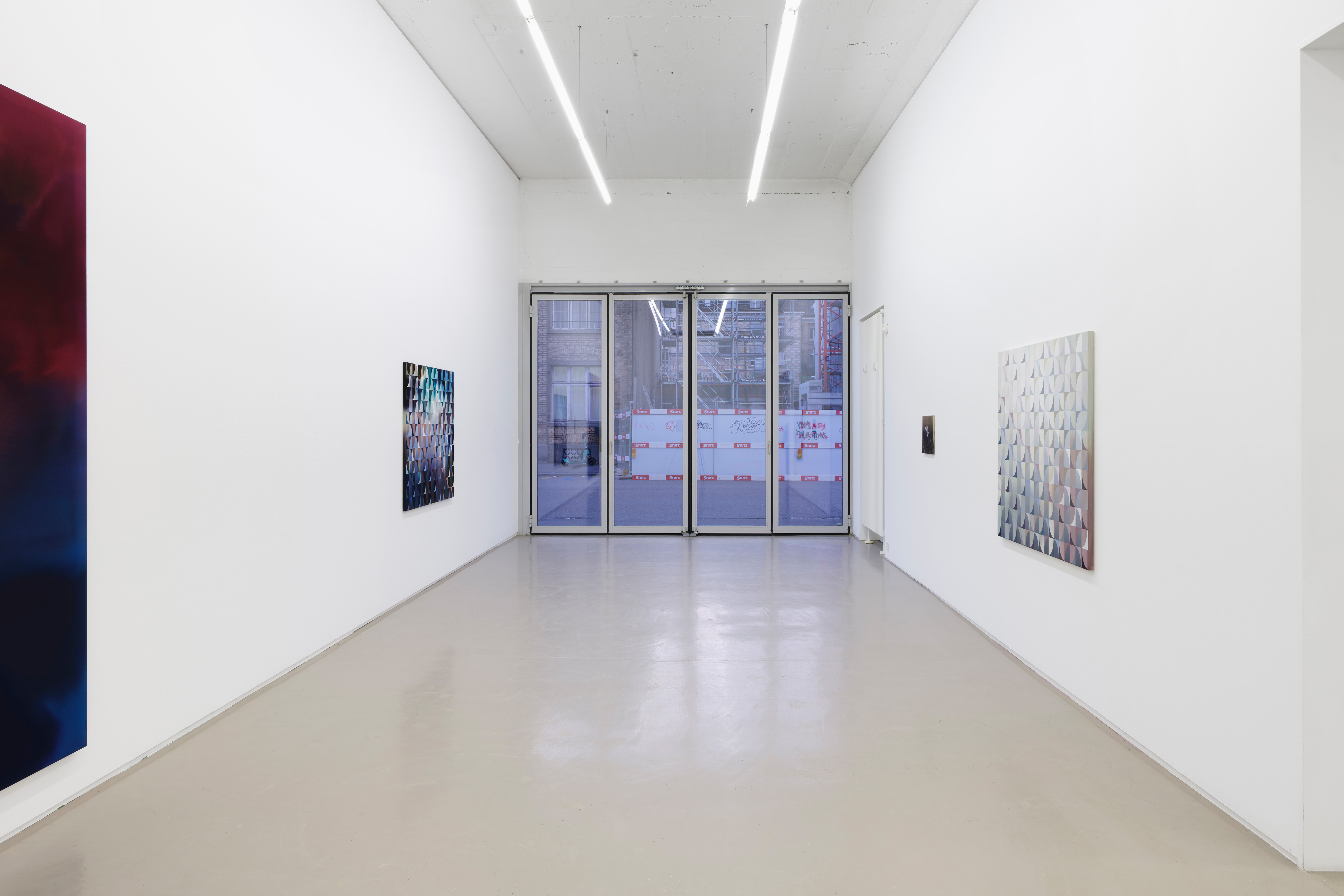
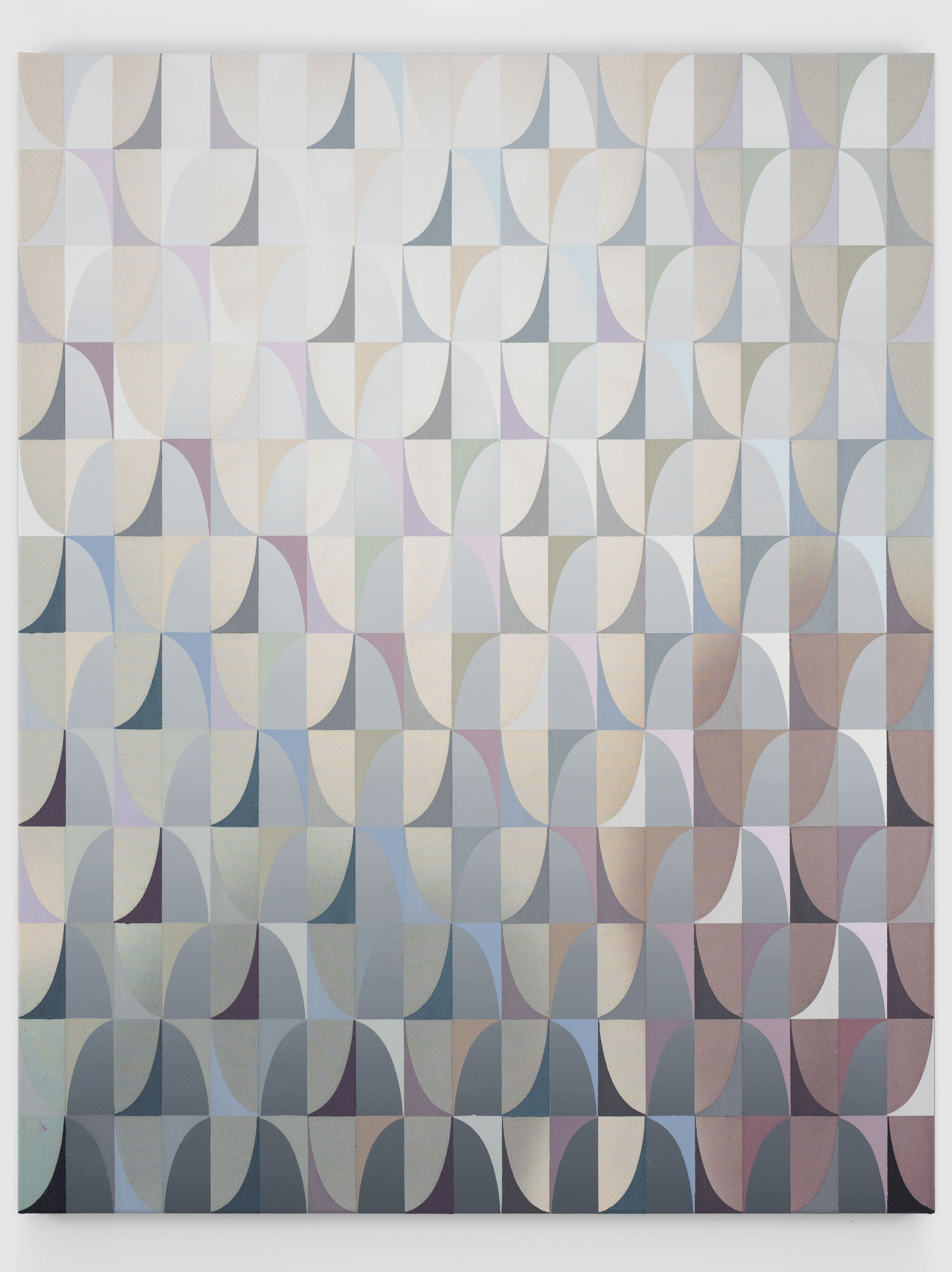
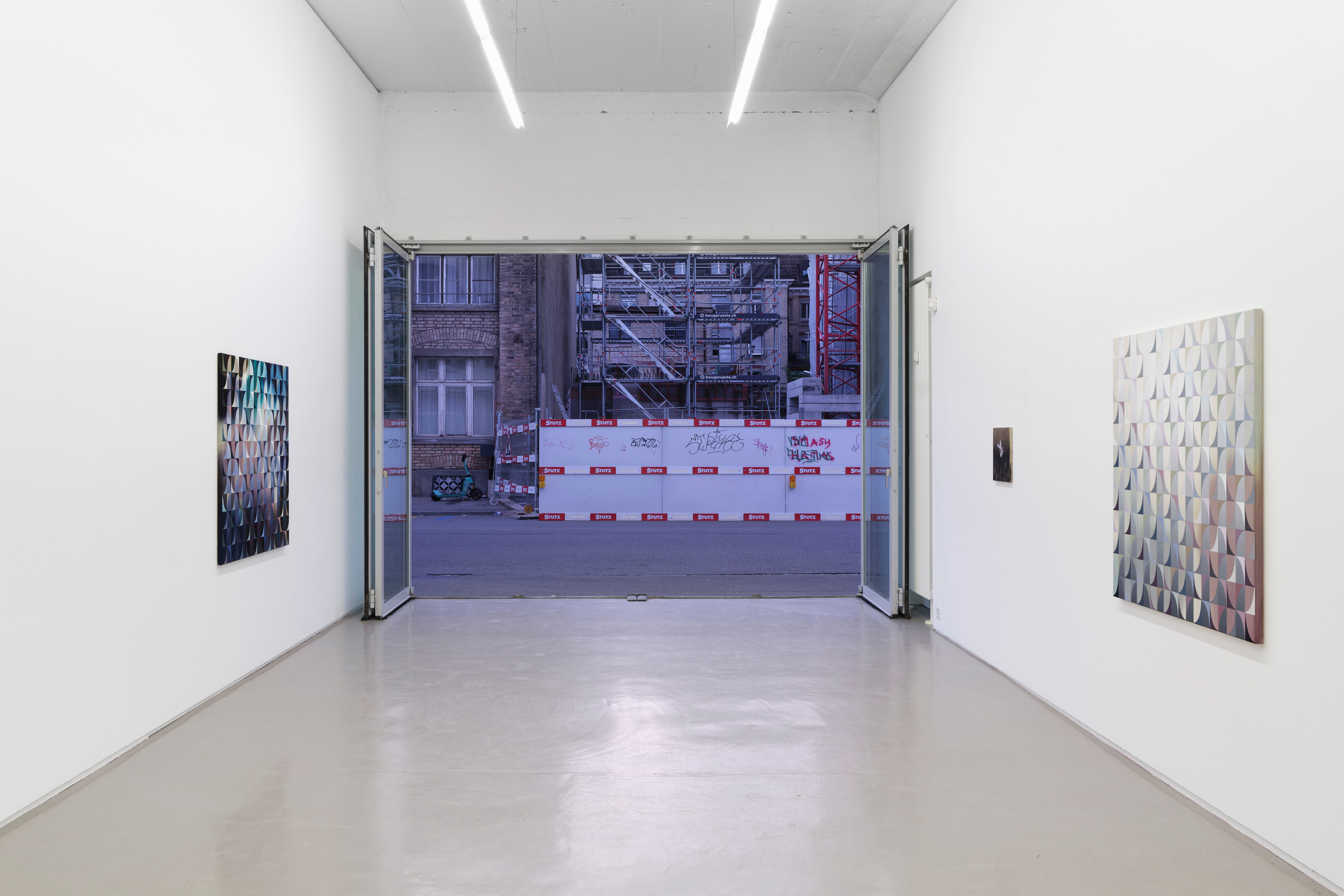

Each time it feels as if I could see more, yet I never see enough. I catch myself wandering from one interpretation to the next: I wish my gaze could resolve itself somewhere, into a thing, an idea, a detail that might finally tell me «this and not that»; instead I hesitate, leaping from paradox to paradox. I believe I can glimpse beyond the weave of the image, convince myself that I seize its story or sound its layers, and still I keep returning here, now, to the canvas, as if I had never left it.
How this geometric rigour, so systematic, logical, lucid, which I delude myself into grasping in all its clarity, could have already become another form, another colour — other than itself? How do these shifts of colour embrace me with their endless adjustments and lull me into their abyss? How can these flowers survive—delicate and proud—amid the drama of their invisible stems, and the bristling weeds that loom over them? What to make of those tightened lips, the eyes carved by events, and those cheeks beaded with tears: are they anger or vindication, despair or hope, past or future? And what is one to feel before this sea, when I cannot decide between the horizon and geometry, when I cannot choose whether to sink to the surface, or soar into the depths?
“I paint until the image emerges,” says Rogado, “whether the result is abstract or figurative”. The work’s success lies in the visual dilemma it places before our eyes. The question must remain unresolved. Rogado does not work towards goals, he does not plan, he does not foresee; he prefers to follow a gesture, a procedure, a logic, and then juxtapose it with other gestures, other procedures, other logics. His work is a layering of painterly processes, executed experimentally, whose sole aim is the unexpected singularity of the result.
How this geometric rigour, so systematic, logical, lucid, which I delude myself into grasping in all its clarity, could have already become another form, another colour — other than itself? How do these shifts of colour embrace me with their endless adjustments and lull me into their abyss? How can these flowers survive—delicate and proud—amid the drama of their invisible stems, and the bristling weeds that loom over them? What to make of those tightened lips, the eyes carved by events, and those cheeks beaded with tears: are they anger or vindication, despair or hope, past or future? And what is one to feel before this sea, when I cannot decide between the horizon and geometry, when I cannot choose whether to sink to the surface, or soar into the depths?
“I paint until the image emerges,” says Rogado, “whether the result is abstract or figurative”. The work’s success lies in the visual dilemma it places before our eyes. The question must remain unresolved. Rogado does not work towards goals, he does not plan, he does not foresee; he prefers to follow a gesture, a procedure, a logic, and then juxtapose it with other gestures, other procedures, other logics. His work is a layering of painterly processes, executed experimentally, whose sole aim is the unexpected singularity of the result.
And so we lose ourselves in the play of formal contrasts that accord without our knowledge, gliding gently from one logic to another, and traversing this perceptual labyrinth in every possible sense. We could look away and suspend every question; instead we remain with these images that go on beginning, never ending… perhaps because they have nothing in particular to show. Their dazzling ambiguity, invading our body, soothes us. Every obligation is repelled, every expectation suspended, and our attention becomes gentle and floating.
Reflecting on the Chinese conception of landscape, the philosopher François Jullien noted that contemplation — unlike observation — is not born of desire, nor does it aim to possess or internalize, but is a mode of immersion. When we contemplate, we do not see a world as a view or a spectacle, because we are not looking from the outside but from within, absorbed in the relations among things, which together seize us, hold us, and flow through us. Rogado’s painting addresses this intimate realm of vision: it promotes it, calls for it, seeking a contact that opens us to the whole of the sensible. What is required, then, is a gesture of trust; the willingness to feel what it has to reveal about ourselves in the world.
“So my mind sinks in this immensity:
and foundering is sweet in such a sea.” 1
Thus the poet Leopardi confided in his reader, his gaze turned to his own landscape; so we too would confide in Giacomo Santiago Rogado, our gaze turned to his painting.
Luca Libertini
1 Giacomo Leopardi, Canti: Poems / A Bilingual Edition, translated and annotated by Jonathan Galassi (New York: Farrar, Straus and Giroux, 2010)
Reflecting on the Chinese conception of landscape, the philosopher François Jullien noted that contemplation — unlike observation — is not born of desire, nor does it aim to possess or internalize, but is a mode of immersion. When we contemplate, we do not see a world as a view or a spectacle, because we are not looking from the outside but from within, absorbed in the relations among things, which together seize us, hold us, and flow through us. Rogado’s painting addresses this intimate realm of vision: it promotes it, calls for it, seeking a contact that opens us to the whole of the sensible. What is required, then, is a gesture of trust; the willingness to feel what it has to reveal about ourselves in the world.
“So my mind sinks in this immensity:
and foundering is sweet in such a sea.” 1
Thus the poet Leopardi confided in his reader, his gaze turned to his own landscape; so we too would confide in Giacomo Santiago Rogado, our gaze turned to his painting.
Luca Libertini
1 Giacomo Leopardi, Canti: Poems / A Bilingual Edition, translated and annotated by Jonathan Galassi (New York: Farrar, Straus and Giroux, 2010)